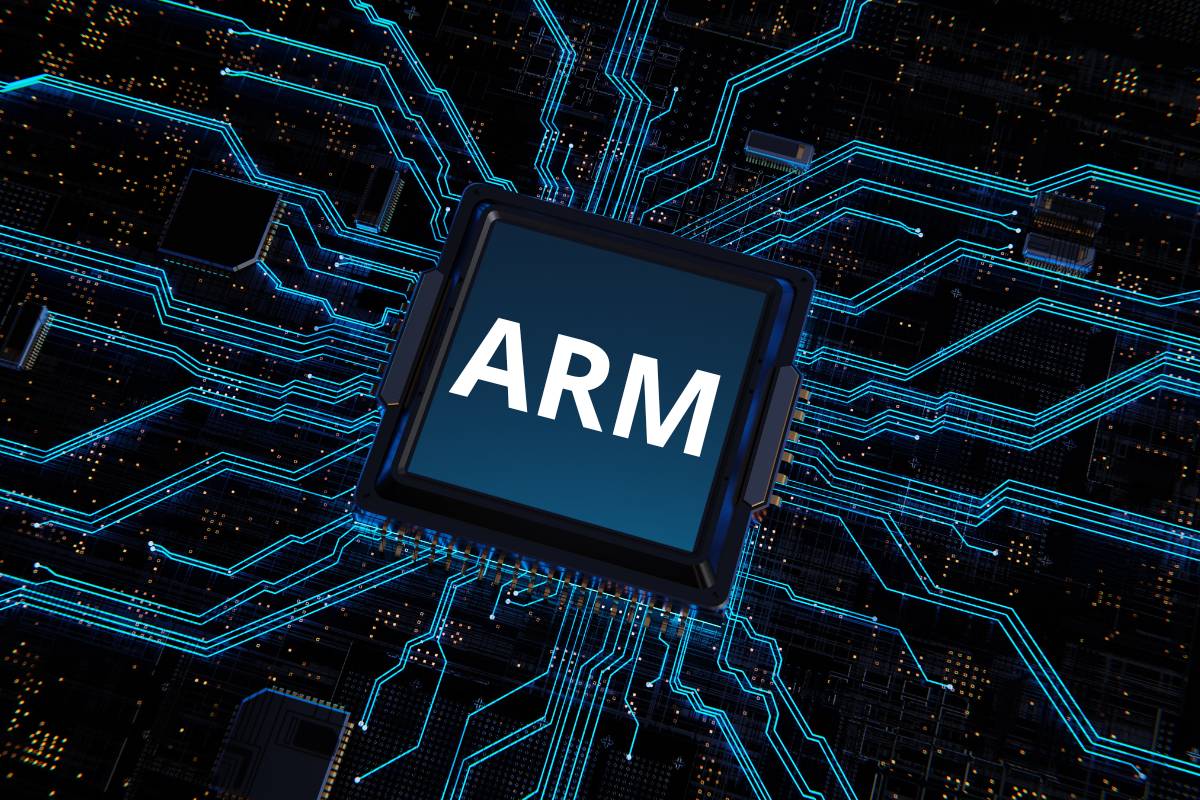In recent years, ARM architecture has been quietly disrupting the computer industry. By 2025, this technology is expected to take the spotlight in the notebook and mobile device markets, proving why it’s widely regarded as the future of personal computing. Companies like Qualcomm, MediaTek, and Nvidia are spearheading this transformation, while Microsoft and other tech giants adapt to stay in the game.
But why is ARM on track to dominate the industry? And how will this shift impact businesses, consumers, and software developers?
The ARM Revolution in PCs

The shift to ARM architecture in PCs represents more than a technical upgrade—it’s a structural reimagining of how computers are designed and utilized. To grasp this transformation, it’s essential to understand what sets ARM apart.
What is ARM?
ARM is a processor architecture built on a reduced instruction set, known as RISC (Reduced Instruction Set Computer). Simply put, ARM processors are designed to handle tasks using fewer, more efficient instructions. This approach is fundamentally different from the x86 architecture, used by most traditional processors (e.g., Intel and AMD), which follows the CISC (Complex Instruction Set Computer) model designed to handle a broader range of complex instructions.
The difference lies in design philosophy:
- ARM Processors (RISC): Optimized for energy efficiency and simplicity, they’re commonly used in mobile devices like smartphones and tablets due to their low power consumption and reduced heat output.
- x86 Processors (CISC): Designed to handle more complex instructions, they provide robust performance for desktops and servers but consume more power.
In the PC space, ARM’s energy efficiency is a game-changer, especially for laptops and mobile devices. With chips like Qualcomm’s Snapdragon X Elite, PCs can now deliver high performance alongside battery life exceeding 20 hours.
One pivotal element in this revolution is the work of companies like Microsoft, which has optimized Windows 11 for ARM architecture. A standout example is the Prism emulator, which translates x86 instructions to run on ARM processors. This solution tackles a major challenge of the transition: ensuring users retain access to essential applications as the market moves toward ARM.
Why is ARM Architecture So Successful?
ARM’s revolution goes beyond compatibility. The architecture offers unique benefits, including:
- Extended battery life: Devices equipped with ARM can last over 20 hours on a single charge, as demonstrated by brands like Lenovo and Dell.
- Optimized performance: Qualcomm’s Snapdragon X Elite balances power for demanding tasks with exceptional energy efficiency.
- Integrated AI: ARM technology enables advanced AI features, such as Microsoft’s Copilot+, which enhances productivity and automation directly on the device.
These advantages make ARM architecture particularly appealing for mobile devices, such as ultra-thin laptops, and for users seeking a balance between performance and cost.
The Race for Technological Leadership
The ARM market is heating up, and the race to dominate this architecture is driving innovation among industry giants. Qualcomm, with its Snapdragon X Elite, leads the charge, but it’s not alone. Other companies are entering the fray with bold strategies:
- MediaTek and Nvidia: This partnership has the potential to disrupt the market. MediaTek’s mobile expertise combines with Nvidia’s leadership in GPUs to create ARM chips targeting diverse segments, from entry-level notebooks to gaming devices.
- Intel and AMD: While continuing to focus on x86, these giants are innovating to remain competitive. Intel’s Lunar Lake series and AMD’s Ryzen AI processors show that x86 can still deliver strong energy efficiency and AI integration.
Why 2025 Will Be the Year of ARM
ARM architecture is set to reach maturity in 2025, marking a pivotal moment for the industry. Here’s why:
- Wider adoption by manufacturers: With exclusivity barriers breaking down, companies like MediaTek and Nvidia are entering the market with innovative designs. Microsoft, for instance, has already tailored Windows 11 for ARM, with increasing compatibility for popular apps.
- Improved software support: Microsoft reports that nearly 90% of the most-used applications now have native ARM versions, significantly reducing reliance on emulators like Prism. This removes technical hurdles and accelerates adoption among consumers and developers.
The impact is clear. For consumers, ARM dominance means more affordable devices with longer battery life and superior performance. For developers, it opens new opportunities to build optimized solutions and explore fresh markets. And for the industry, 2025 signals the dawn of a new era of innovation and healthy competition.
What Does This Mean for Companies Like NextAge?
With over 16 years of experience in software development and support, NextAge is well-equipped to help businesses adapt to this technological shift. Transitioning to ARM architecture requires not only technical adjustments but also strategic planning. This is where solutions like Strategic Assessment and Deep Discovery come into play, enabling companies to identify opportunities and chart a secure, efficient path forward.
NextAge’s expertise in modern technologies such as Python, Flutter, and Node.js places it in a strong position. These languages and frameworks are ARM-compatible, allowing the development of applications that fully leverage the efficiency and performance this technology offers.
ARM’s rise in 2025 doesn’t spell the end for x86, but it does mark the beginning of a new chapter in computing. Is your business ready for the future of technology? Contact NextAge to learn how we can help you seize the opportunities of this new reality!






